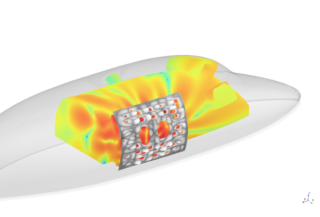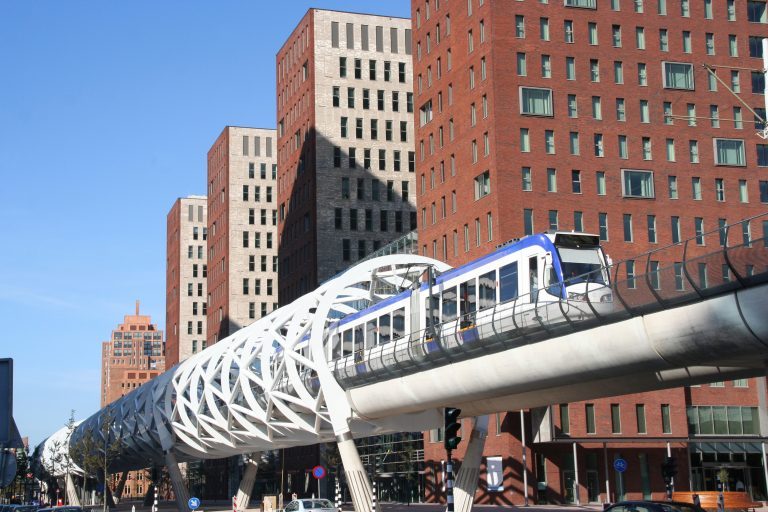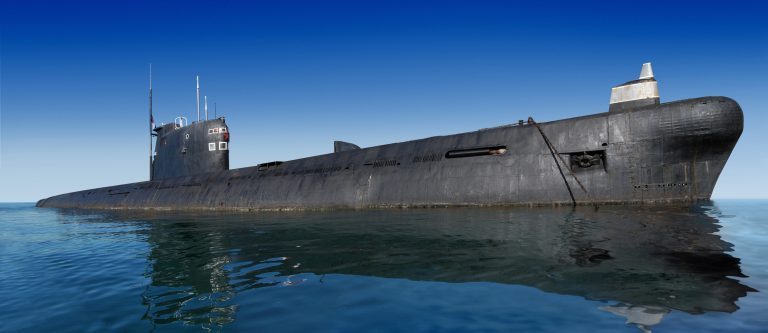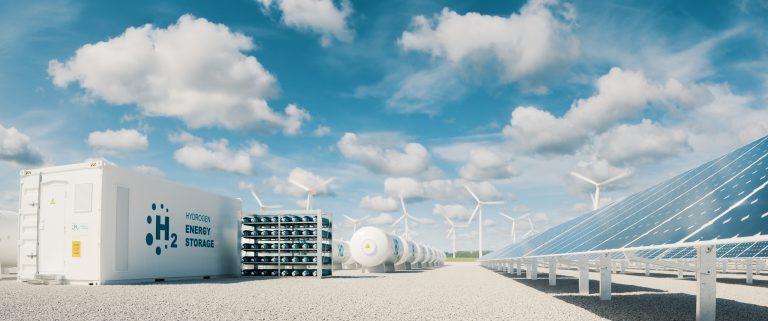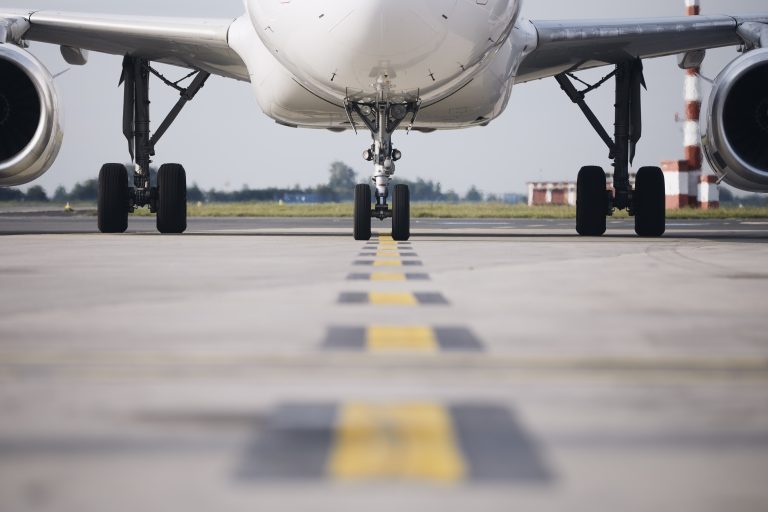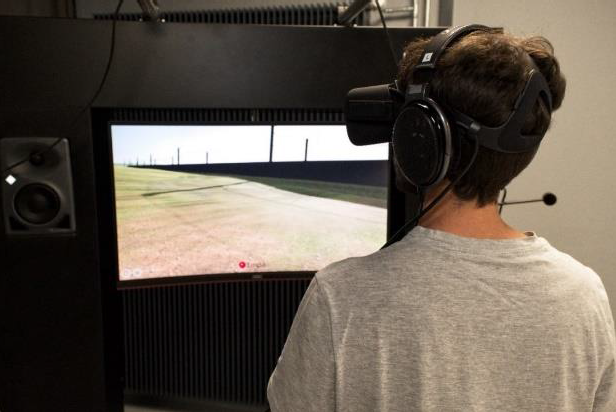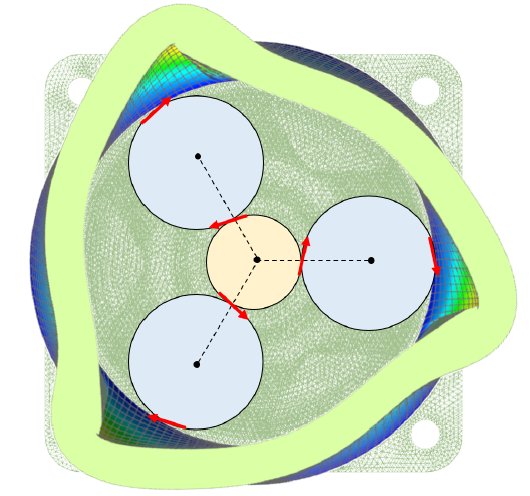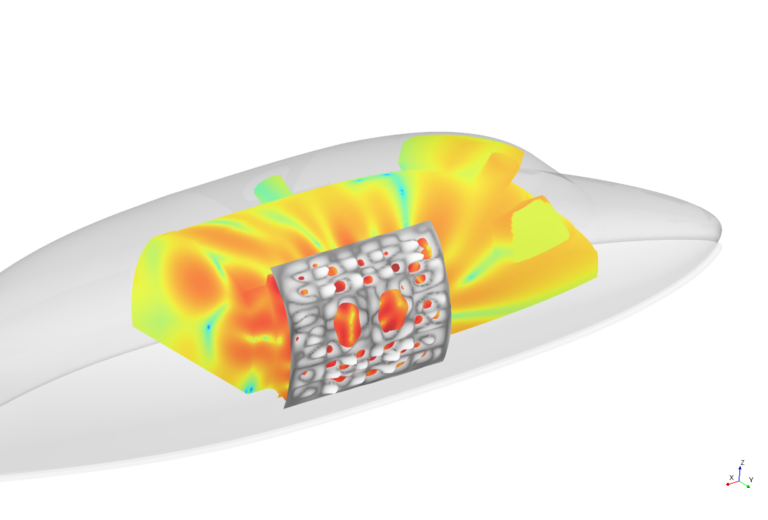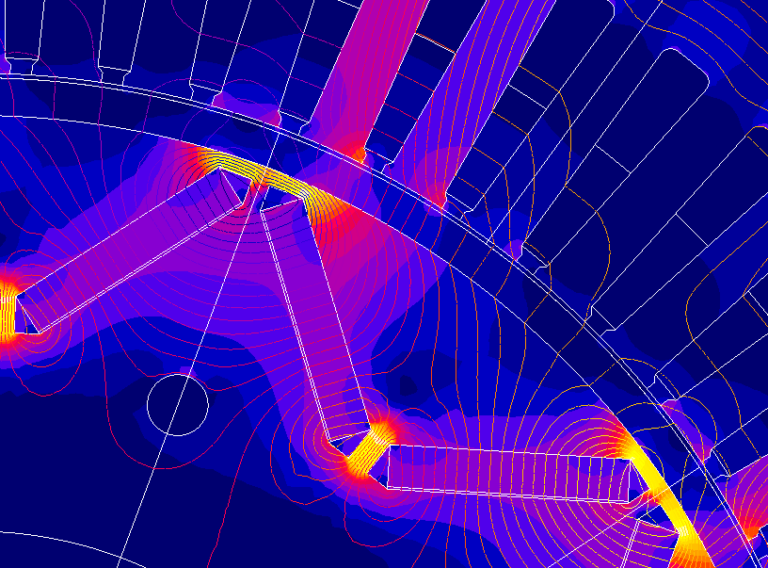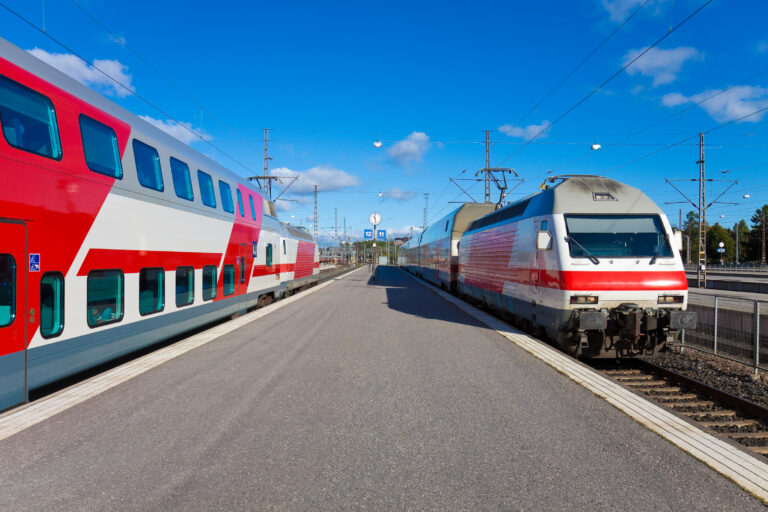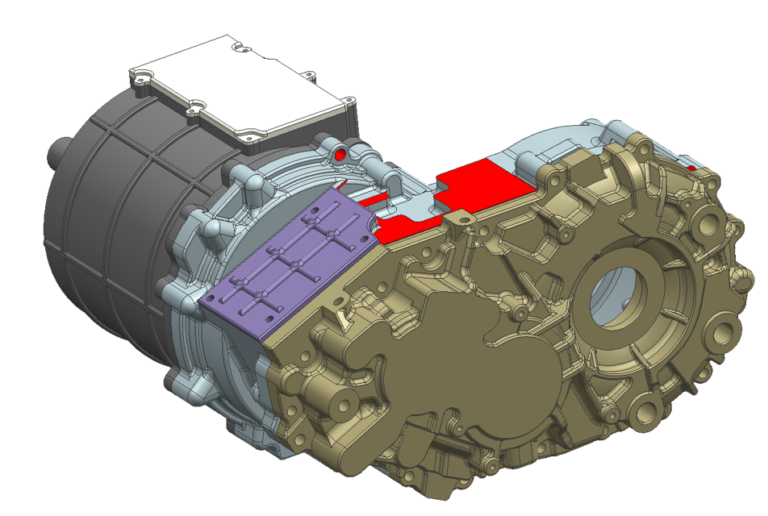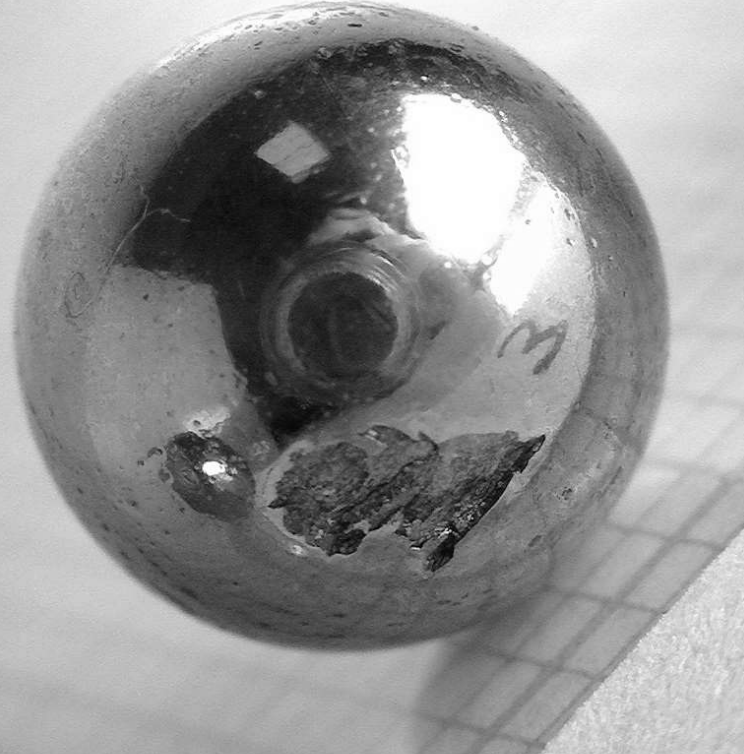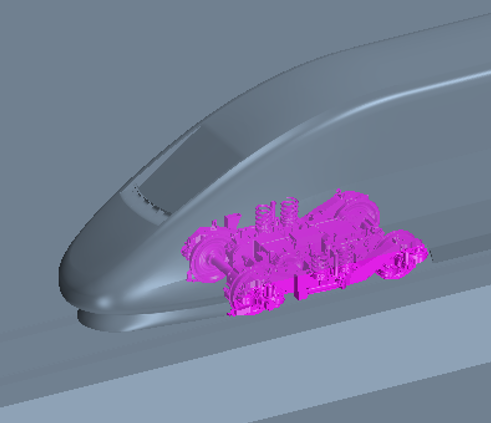Cet article présente une étude novatrice sur le bruit en cabine menée dans le cadre du projet CANOBLE du programme CleanSky2 de l’Union Européenne. En utilisant un capteur de pression avancé, la première partie de l’étude mesure l’excitation du fuselage par la Couche Limite Turbulente (CLT) et utilise des simulations numériques pour prédire la transmission du bruit en cabine. La deuxième partie analyse les résultats d’essais en soufflerie grandeur nature, validant ainsi les mesures et simulations. Ces données sont cruciales pour améliorer les méthodes de réduction du bruit et optimiser le design des avions futurs.
Le projet CANOBLE marque une étape clé vers des vols plus silencieux et un confort accru pour les passagers, combinant technologie avancée et recherche approfondie pour transformer l’expérience de vol.

